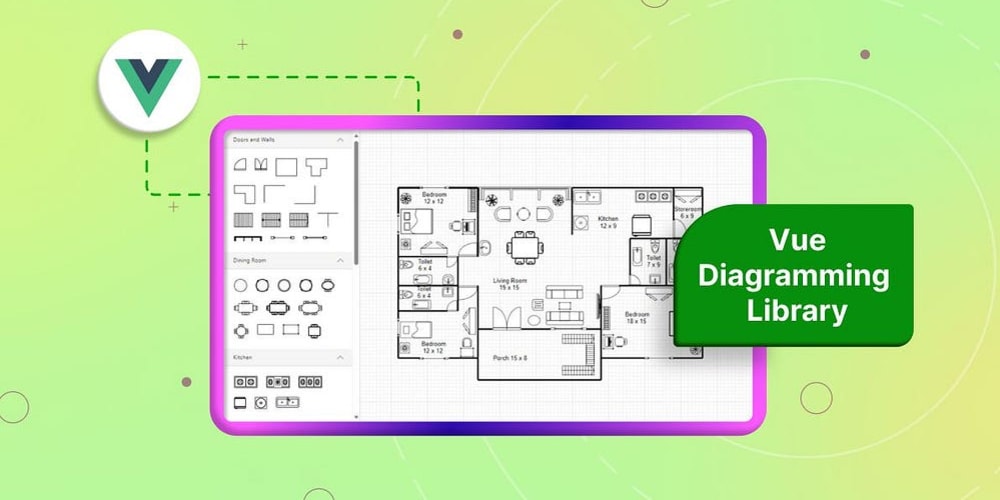This is a Plain English Papers summary of a research paper called Optimize Black-Boxes: Vizier Gaussian Process Bandit Algorithm Provably Efficient. If you like these kinds of analysis, you should join AImodels.fyi or follow me on Twitter.
Overview
- The paper introduces the Vizier Gaussian Process Bandit Algorithm, a new method for optimizing black-box functions.
- The algorithm uses Gaussian processes to model the unknown function and an acquisition function to balance exploration and exploitation.
- The paper provides theoretical guarantees on the algorithm's performance and demonstrates its effectiveness on several benchmark problems.
Plain English Explanation
The Vizier Gaussian Process Bandit Algorithm is a technique for optimizing functions that are difficult to model or understand. These are called "black-box" functions, because we can't see how they work inside.
The algorithm uses a Gaussian process to make a model of the unknown function. A Gaussian process is a way to describe the function's behavior based on a few sample points. The algorithm then uses this model to decide where to evaluate the function next, balancing exploration (trying new points) and exploitation (focusing on the most promising areas).
This approach has several advantages. It can find the optimal value of the function without requiring a detailed understanding of how it works. And the theoretical guarantees provided by the paper ensure that the algorithm will converge to the optimal value efficiently.
The Vizier Gaussian Process Bandit Algorithm could be useful in a variety of applications where the objective function is complex and difficult to model, such as tuning the hyperparameters of a machine learning model or optimizing the design of a new product.
Technical Explanation
The Vizier Gaussian Process Bandit Algorithm is a method for optimizing black-box functions using Gaussian processes. The authors assume the unknown function f(x) is sampled from a Gaussian process prior, with a known mean function and covariance kernel.
At each iteration, the algorithm selects the next input x to evaluate by maximizing an acquisition function that balances exploration and exploitation. The authors propose a new acquisition function called the Vizier acquisition function, which provides better theoretical guarantees than previous approaches.
The paper provides a regret analysis showing that the Vizier Gaussian Process Bandit Algorithm achieves a sublinear cumulative regret bound, meaning it converges to the optimal value efficiently. This is a stronger guarantee than previous Bayesian optimization methods.
The authors also demonstrate the algorithm's empirical performance on several benchmark problems, including hyperparameter tuning and robot arm control. The results show that the Vizier algorithm outperforms alternative Bayesian optimization approaches.
Critical Analysis
The paper provides a strong theoretical foundation for the Vizier Gaussian Process Bandit Algorithm, including regret bounds and convergence guarantees. However, the authors do not discuss the computational complexity of the algorithm or its scalability to high-dimensional problems.
Additionally, the paper focuses on optimizing a single black-box function. It would be interesting to see how the algorithm performs in more complex scenarios, such as multi-objective optimization or optimization under constraints.
The authors also do not compare their approach to other recent advances in Bayesian optimization, such as preferential Bayesian optimization or Gaussian variational inference for the precision matrix. A more comprehensive empirical evaluation could help situate the Vizier algorithm within the broader Bayesian optimization landscape.
Conclusion
The Vizier Gaussian Process Bandit Algorithm is a promising new approach for optimizing black-box functions. Its strong theoretical guarantees and competitive empirical performance make it an attractive option for a variety of optimization tasks.
While the paper has some limitations, it represents an important contribution to the field of Bayesian optimization. The Vizier algorithm could have significant real-world impact in applications where the objective function is complex and difficult to model, such as hyperparameter tuning or engineering design.
If you enjoyed this summary, consider joining AImodels.fyi or following me on Twitter for more AI and machine learning content.



















